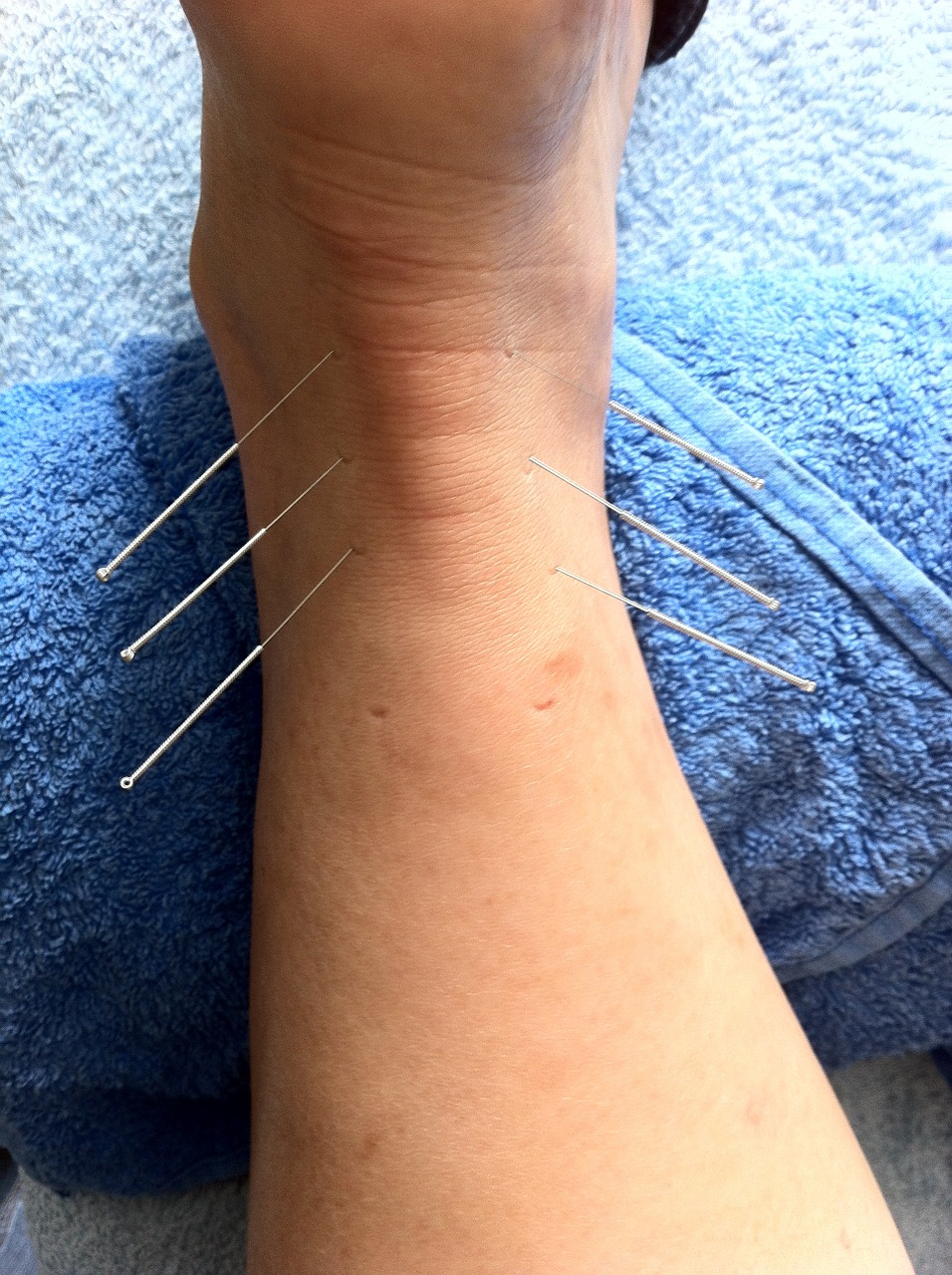Northern Suburbs Dry Needling and Acupuncture Clinic
At our Coburg Clinic we perform both modern and traditional Acupuncture and Dry Needling styles. For Dry Needling treatments we see clients from all over the Melbourne Northern suburbs such as Coburg, Brunswick, Preston, Pascoe Vale, Glenroy, Fawkner, Broadmeadows, Reservoir, and even from as far as Wallan. We use Dry Needling to treat many different types of conditions, such as pain and musculoskeletal disorders.
What Can Dry Needling Be Used For?
Needling therapies such as Acupuncture or Dry needling can be useful in managing the pain and symptoms of:
- Low back pain
- Plantar and heel pain
- Shoulder pain
- Sciatica
- Temporomandibular Joint (TMJ) pain
- Neck Pain
- Chronic Headache
Dry Needling For Pain
Much of the research that Dry Needling relies upon for its effectiveness of treating pain is building upon the research examining the use of Acupuncture for the treatment of pain. In our Northern Suburbs Dry Needling and Acupuncture clinic we have experience working with patients who have both chronic and acute pain.
Is Dry Needling Acupuncture?
In very simple terms Dry Needling is Acupuncture, although there are claims that dry needling is not acupuncture, you would be hard pressed not to see the similarities between the performance of Acupuncture and Dry Needling. The term Dry Needling was coined by Travell and Simons in the 1940's and later popularised by a Czech physician Dr. Lewit in the late 70's. Primarily Dry Needling was employed for use with trigger points and pain referral models, originally empty syringes were used, and later acupuncture needles. Whatever the motivations for rebranding Acupuncture into Dry Needling; be they money, personal fame, to sell a few extra books - this modern name for Acupuncture became very popular to teach amongst Physiotherapists, Osteopaths and Chiropractors.
Is Acupuncture Dry Needling?
No! No it's not. Dry Needling is a Western co -opting and rebranding of the Acupuncture profession and it's techniques, primarily used for the treatment of pain and musculoskeletal disorders. Acupuncture itself is a ancient technique of the much older. Chinese medicine is the traditional medicine of east Asia - which includes China, Korea, Japan, Vietnam and it is at least 2500 years old. References to Acupuncture as a treatment therapy date back to somewhere between 200 B.C.- 200 A.D. Many of the techniques used in Dry needling can be found in the classical Chinese text the Huang Di Nei Jing Ling Shu in the chapters on the the nine needling techniques and the the twelve needling methods. these chapters clearly outlay techniques that although are ancient, would be very familiar to those using Dry Needling and Acupuncture for the modern treatment of musculoskeletal pain.
Dry Needling Training VS Acupuncture Training
First off, it is important to know there is no minimum level of training required to offer Dry Needling services and treatments. Many of the local courses found in Melbourne are 1 -2 day courses with no clinical supervision. Some Dry Needling trainers attempt to limit training to those who at least have some level of anatomical knowledge, such as physio's and chiro's, others are less discerning and are including minimally trained massage therapists, spa therapists and beauty therapists. An acupuncturist undertakes a 4 year clinically supervised degree or equivalent. In order to protect the public, the term acupuncturist is a protected title in Australia. This has resulted in many dry needlers advertising acupuncture without being registered acupuncturists, raising concerns about the risks inherent to the public due to insufficient training and a lack of clinical needling supervision. Unlike the practice of acupuncture, there are no minimum standards for the practice of dry needling in Australia and the infection control guidelines vary from state to state and currently no other AHPRA registered practitioner has any guidelines for the practice of needling therapies aside from the Chinese medicine board.
Why See a Registered Acupuncturist For Dry Needling Treatment?
Registered nationally with the Australian Health Practitioner Regulation Agency (AHPRA)
National education standards and requirements for training
Requirement for continuing professional development in the field of acupuncture and needling therapies
Is governed by national infection control guidelines
Has been clinically supervised in the performance of needling therapies in excess of 400 hours
Dr Travell the progenitor of the term "Dry Needling" admits that Dry Needling is Acupuncture, and that acupuncture professionals practice Dry Needling as Acupuncture therapy and there is crossover between the location of trigger points and acupuncture points. For patient safety it is advised that dry needling practitioners meet the same standard required for acupuncturists (1).
Northern Suburbs Dry Needling and Acupuncture Treatment
Michael Warren is a registered acupuncturist who provides both Modern and Traditional Acupuncture and Dry Needling. He has Completed a 4 year Acupuncture undergraduate degree, a 3 year Chinese herbal medicine Masters, and a 1 year Chinese Massage Diploma. In addition to this formal training he regularly attends at least 20 hours of professional development each year specific to his acupuncture and Chinese medicine practice. Michael practices from his Northern suburbs practice Coburg Chinese medicine.
Never feel embarrassed to ask what type of training your therapists has undertaken with Dry Needling and Acupuncture
Call us on ☎ (03) 9041 6569 to arrange an appointment or book online below
References:
1. Fan, A.Y., Xu, J. & Li, Y. Chin. J. Integr. Med. (2017) 23: 83. https://doi.org/10.1007/s11655-017-2800-6



